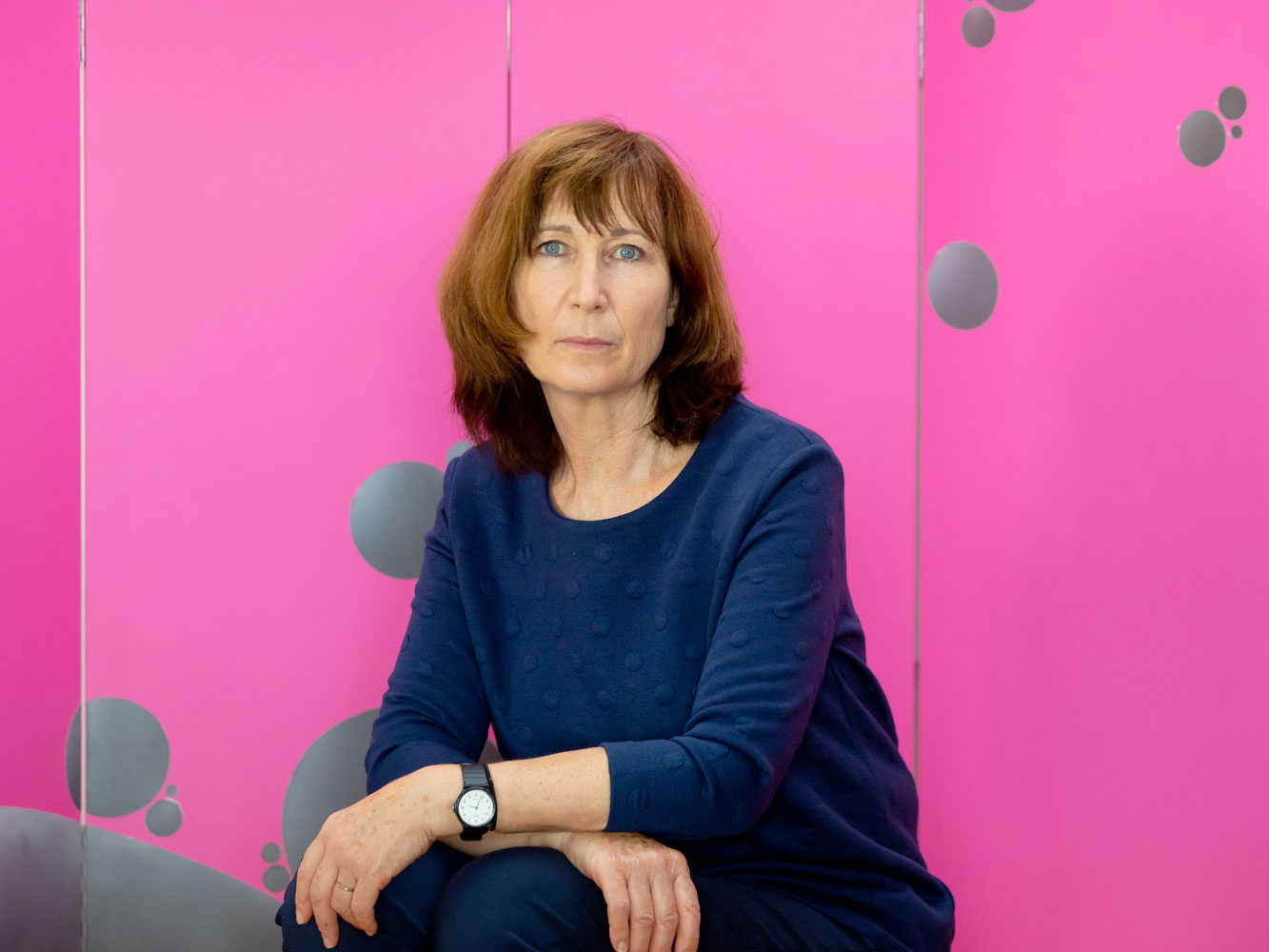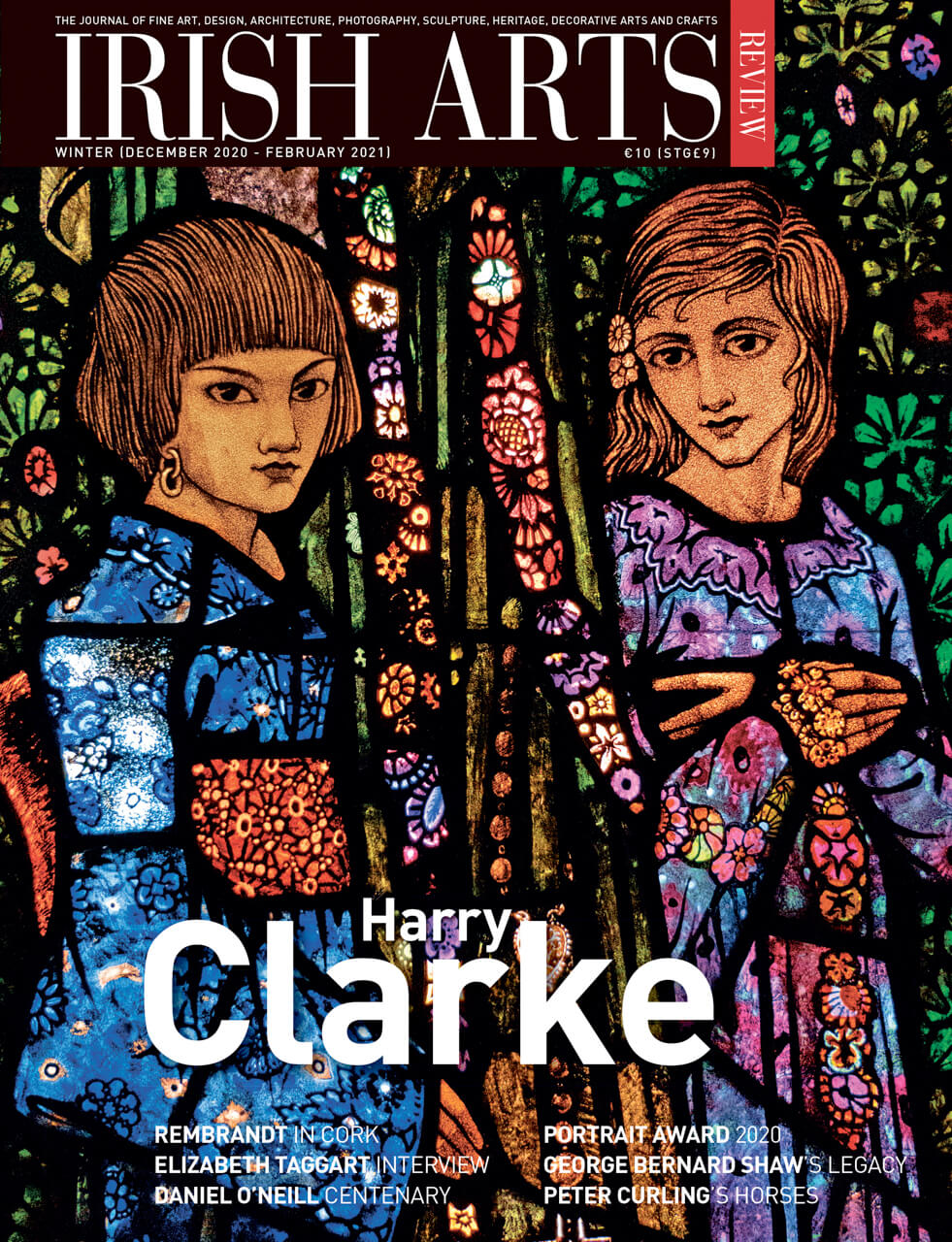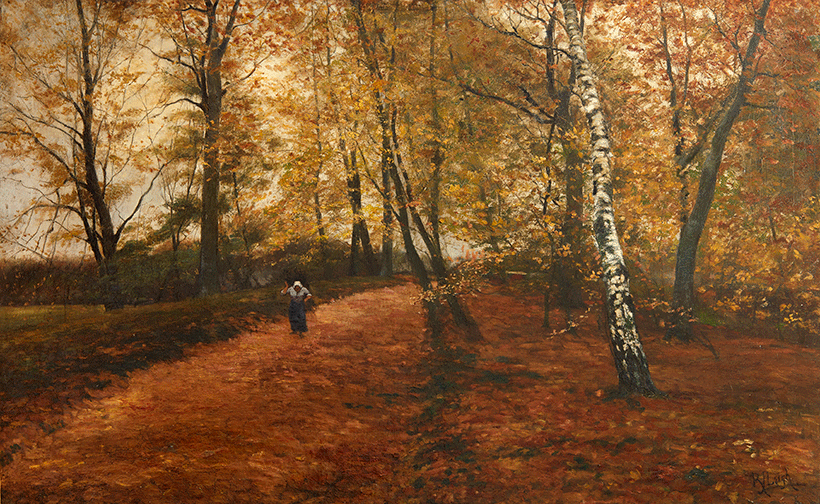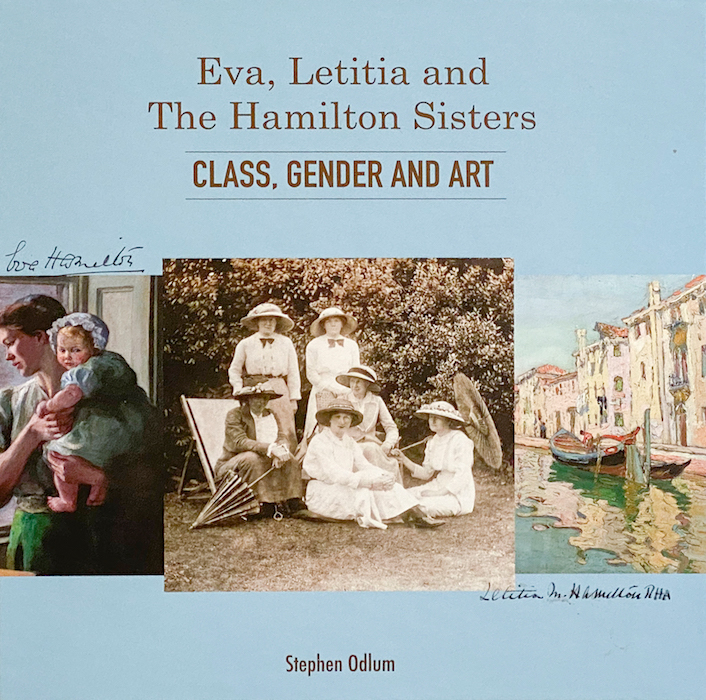Employing film, collage and sculpture, Mary-Ruth Walsh considers the ways in which the complex psychological investment in skin is mirrored in the built environment, writes Sarah Kelleher

Mary-Ruth Walsh’s exhibition, ‘Skin Deep’, develops her engagement with architecture in rich and strange new ways. This body of work explores the conceptual parallels between contemporary structural design and the human skin, linking the extruded, sheer surfaces of modern architecture with the present fixation with flawless complexions. Across film, collage and sculpture, Walsh examines the seductive yet unsettling pull of high-tech, poreless surfaces where architectural veneers can heal like skin and skin is manipulated to be as sheer and smooth as glass. Harnessing our fascination with immaculate, lustrous surfaces, while drawing on ideas of attraction and repulsion, ‘Skin Deep’ considers the ways in which the complex psychological investment in skin is mirrored in the built environment.



Rose Jane Leigh’s importance as an early pioneering Wexford landscape painter and her choice of studying in Antwerp placed her at the centre of the major art movements of the 19th and early 20th century, writes Mary Stratton Ryan
